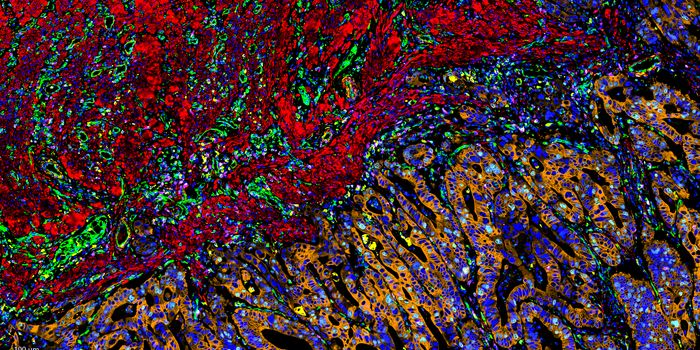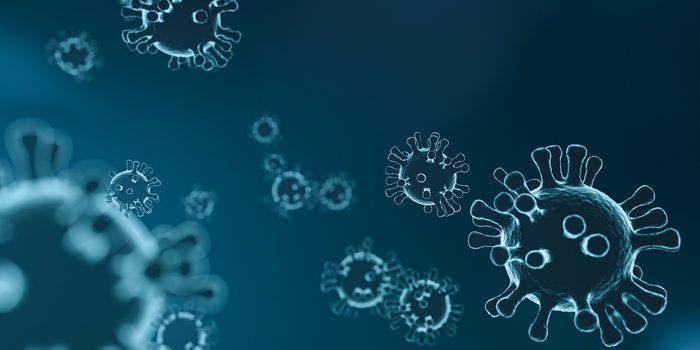It's not all bad: cancer and aging
Research published recently in the journal Aging Cell highlights the complexities of the interactions that occur during the aging process from the angle of how it relates to cancer. Surprisingly, the findings report that although aging is one of the greatest risks for cancer, the natural process of senescence that cells go through as they age may actually deter cancer cells’ development.
Senescence refers to the progression of cells’ lives when they become dormant and stop growing, dividing, and renewing. It has long been thought that aging senescent cells have a higher probability of turning cancerous because of an accumulation of multiple mutations in cancer causing-genes. Yet, by definition itself, senescence is the opposite process of cancer: the cease of dividing cells versus the uncontrollable division and growth of cells.
"You have these two opposite forces: mutations driving cancer and tissue degeneration hindering it,” explains lead author Professor João Pedro de Magalhães from the University of Liverpool in the UK.
understand more about the role that senescence plays in cancer, the research team analyzed the genes that have been observed in the cancer progression of nine different human tissues. They wanted to determine their state of activity/non-activity, in order to see how the cells were behaving under certain age conditions.
What they observed was that for all the tissues they analyzed except those from the thyroid and the uterus, aging and cancer gene activity patterns changed in opposite directions – which is to say that some aging genes were more active while some cancer genes were less active. Thyroid and uterine tissues were the exceptions to this trend, with both aging genes and cancer genes changing in the same direction.
These findings dig deeper into the complexities of aging and cancer and could potentially explain why although older people are at a higher risk of developing cancer, the incidence of cancer also levels off toward the end of life. The researchers say that though this is a good start, much more investigation will be needed in order to fully understand all the inner workings between these interactions.
Sources: Aging Cell, Medical News Today









